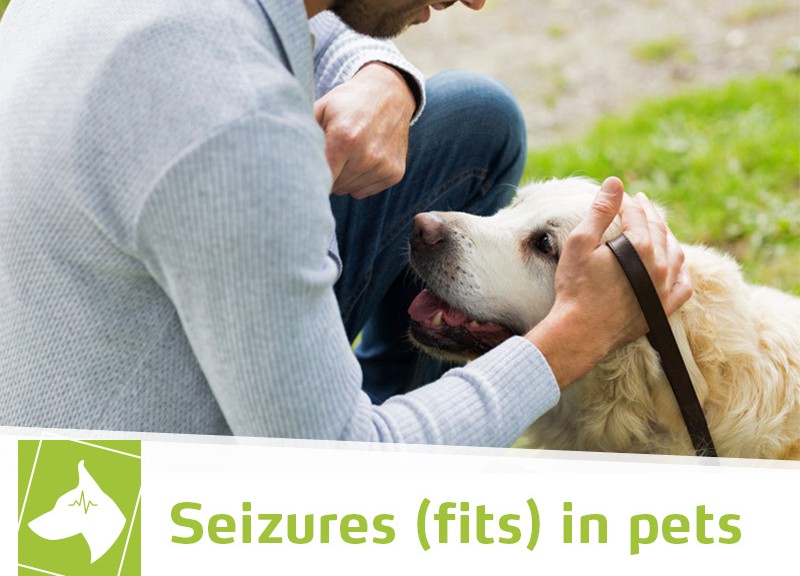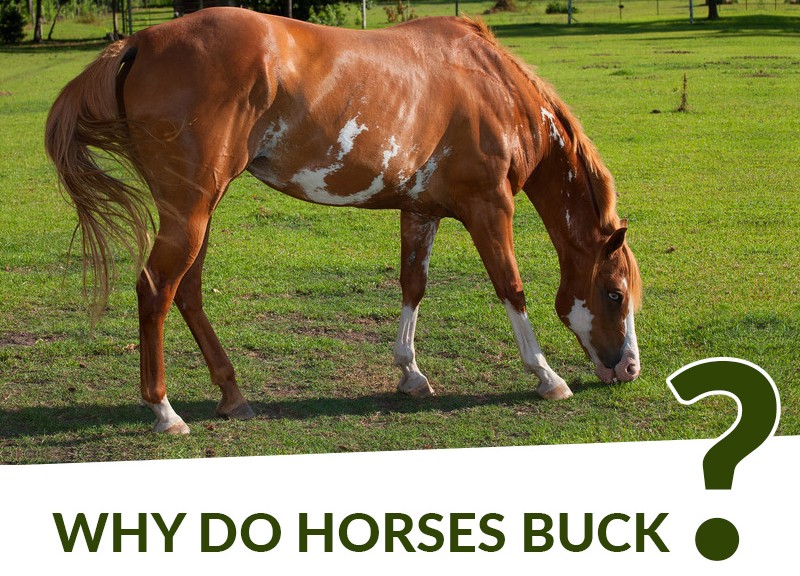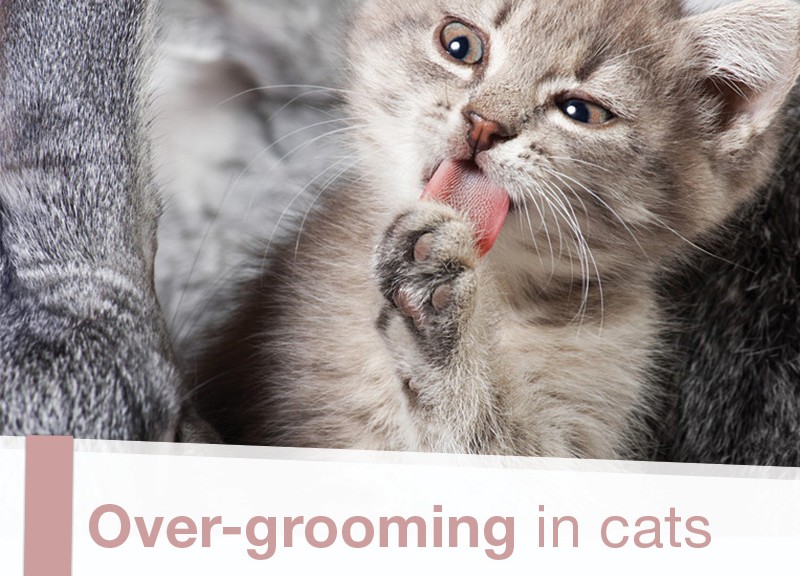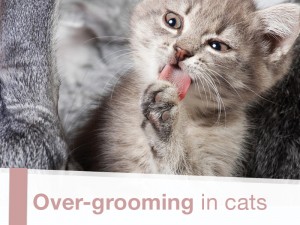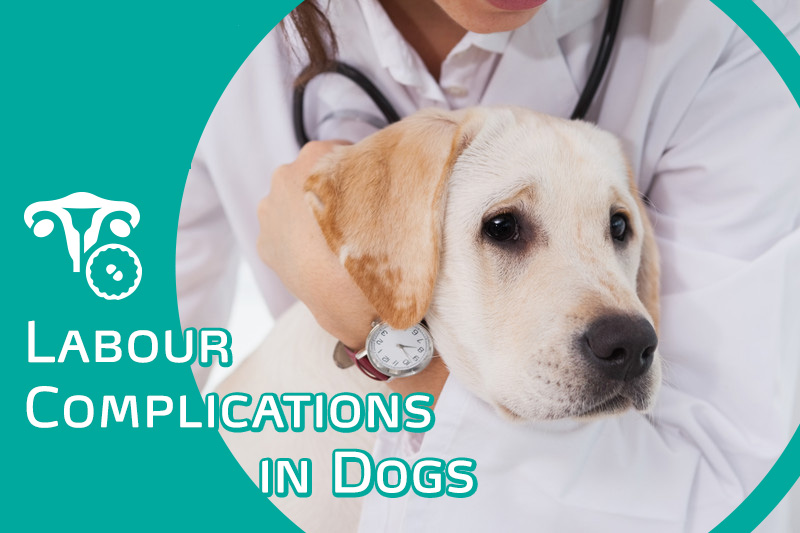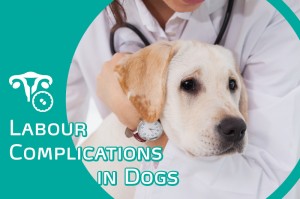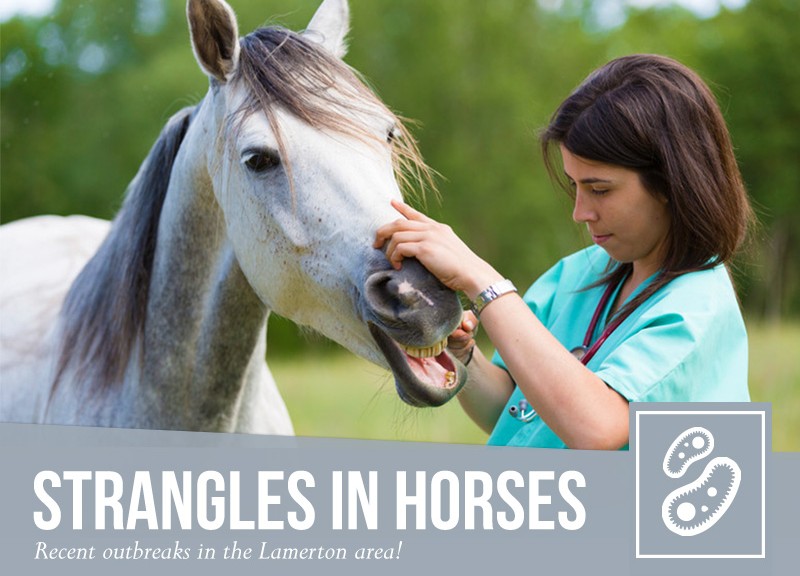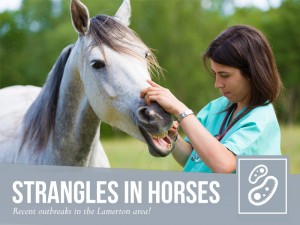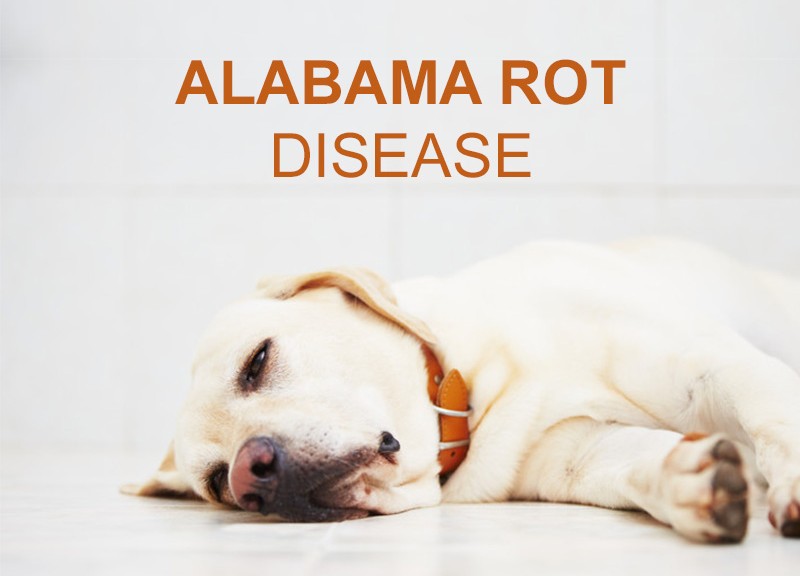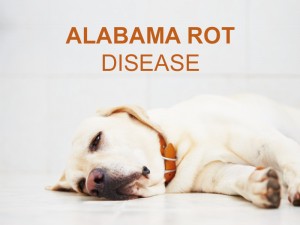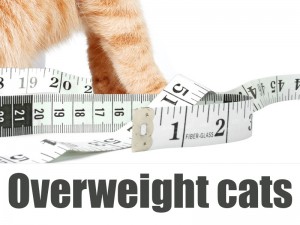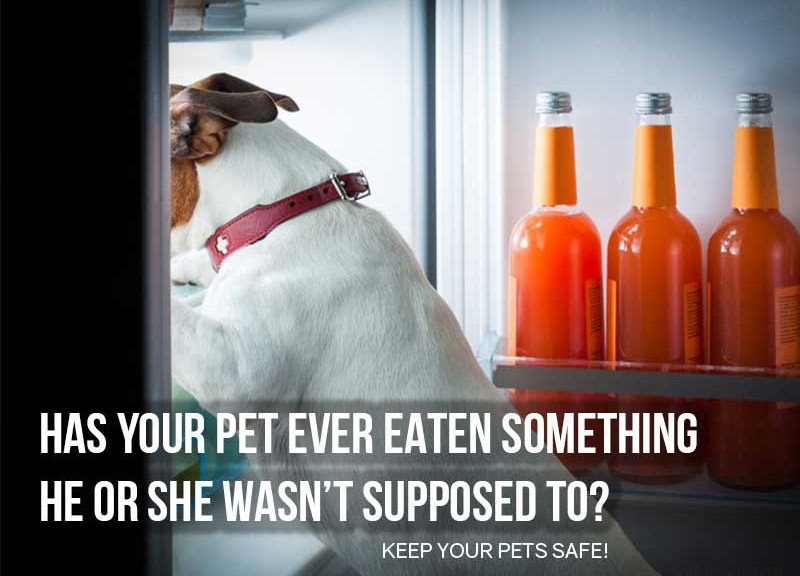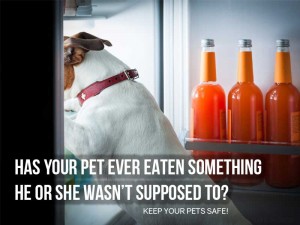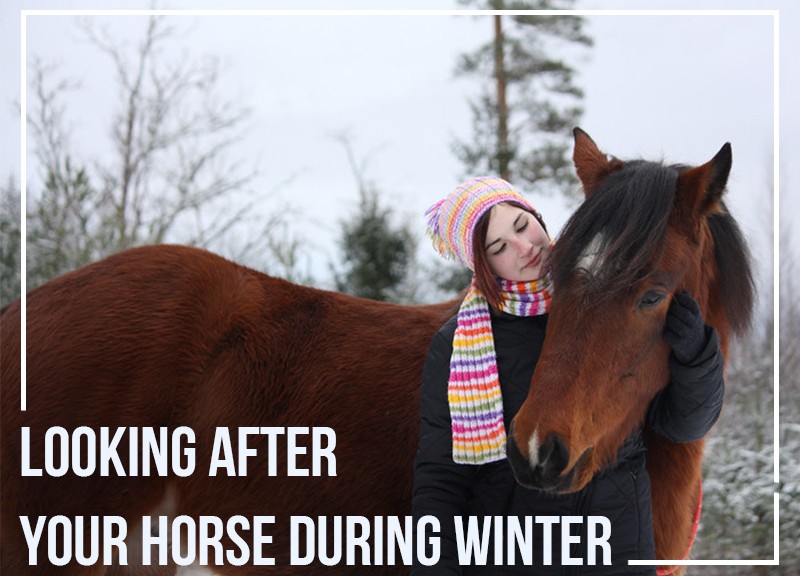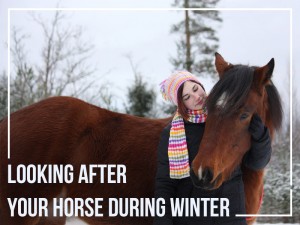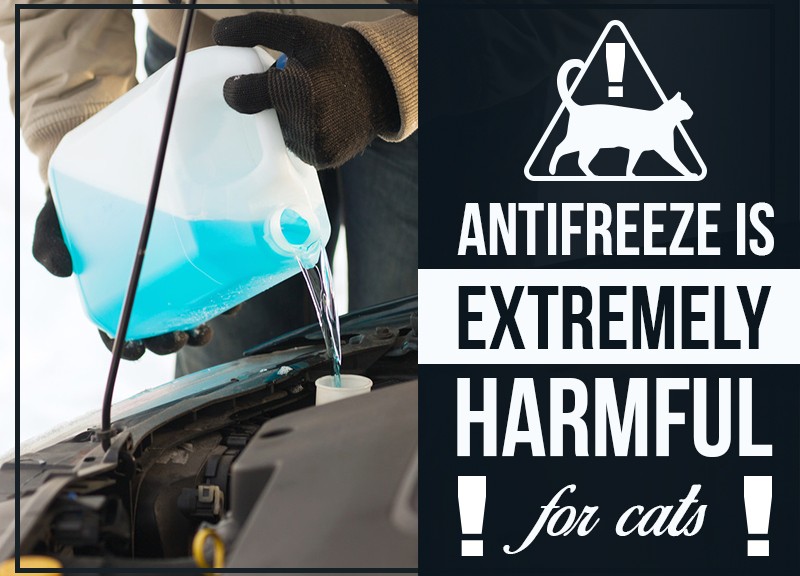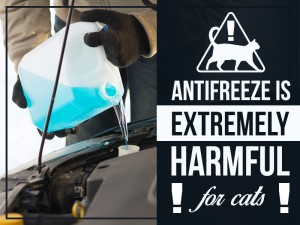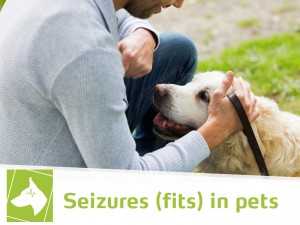 ´
´
Seizures in pets can range from mild to severe or violent and watching a beloved pet have a seizure can be very hard for a pet owner. Pets having fits can display muscle spasms or tremors, involuntary repetitive movements (shaking for example), vocalisation, excessive salivation, hallucinations, loss of bowel or urinary control and even loss of consciousness. These signs are the result of uncontrolled electrical activity in their brain.
Seizures are the most common neurological disease in dogs and cats and they can either have an identifiable cause or if one cannot be identified, pets are presumed to have primary or idiopathic epilepsy.
There is no cure for epileptic seizures but the condition can be managed and the number of seizures can be greatly reduced through medication. In general pets suffering from epileptic seizures have a good prognosis and can lead a normal life.
It’s very important for owners to be aware that when a pet is having a seizure he or she is mostly unware of what is happening and is not in any pain. Owners should also keep in mind that pets are not in control of their movement during a seizure which means they can bite. They are also very disoriented and un-coordinated afterwards.
We know it can be very difficult not to feel stressed on such occasion but if you do find your pet having a seizure do your best to remain calm so you can take the necessary steps that will help your pet.
Our pets’ bodies produce a lot of heat when they are having fits so please do not cover them with a towel or a blanket. Turn off the lights, close the curtains, turn off the radio or anything that might be noisy.
Register when it started, how severe it is and time the length of the seizure. If you realise there was any sort of trigger before the seizure or any unusual behaviour afterwards make note of that as well so you can share that information with your vet. If possible try to film what is happening with your phone.
Give your pet some space and some time to recover. We can understand that you will be eager to comfort your pet but do your best to wait until your pet has stopped actively seizing. The ideal time to cuddle is when he or she is less disoriented and comes to you for attention.
If your pet has a seizure for the first time please take your pet to the vet. Please remember that early treatment can provide a better long-term outcome. If it is not the first time follow your vet’s instructions. Contact your vet if your pet’s seizure lasts for more than two minutes, if your pet is showing recurrent twitching or if your pet has more than two seizures in a day.
Would you like to know more about cats and dogs? Check our Feline and Canine Courses:
